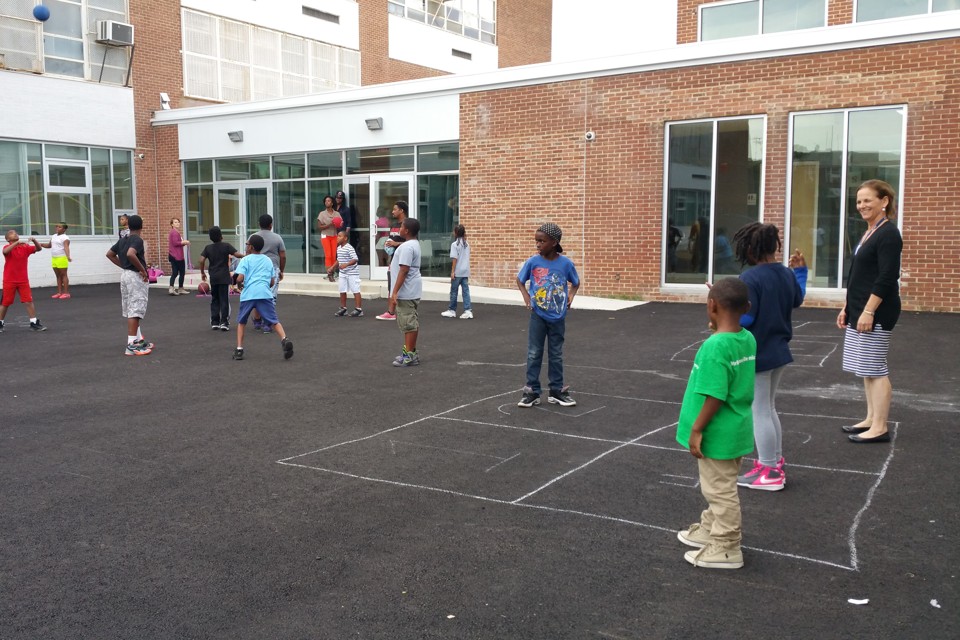What If Teachers ARE NOT the Problem? - Sharing Kindergarten:
WHAT IF TEACHERS ARE NOT THE PROBLEM?
I recently saw this video on Facebook that touched my heart.
I live and teach in Georgia.
Right now, Georgia is considering an educational change that will take away
step raises for years of experience as well as raises for advanced degrees in school.
Their proposal will change my pay to be based on specific assessments or test scores…
since that seems to be the only way the state wants to track or show student progress or growth.
I know I am not alone in GA with educational changes that seem to point the finger at teachers
as the cause and solution of low test scores and/ or student performance.
Here is a recent newspaper article from my state on the proposed changes to teacher pay.
Decision makers want to see student growth on tests.
Scoring high on tests, in their opinion, show progress, student success, and teacher success.
The feelings of those decision makers is that being a veteran teacher
or advanced degrees doesn’t prove to provide student growth
and therefore isn’t worth paying for.
Teachers pay would be based on…
you got it…
student progress on tests.
I am watching states with drastic decreases in
Education Majors in colleges like California and Arizona.
I am watching states with teacher shortages who can not find, hire,
and utilize certified teachers in their classrooms.
I am watching students being tested and tested and tested.
All of these test cost money to create or buy, more money to administer,
and even more money to score and grade.
I am watching those “tests” being deemed as important, significant,
and a true way to show student growth.
What an illusion.
My goal is to make self sufficient, productive members of society.
I want those people to hear me loud and clear.
Those who are making these policies and decisions…
those who think the educational system is broken because
students are not showing progress on test scores…
You have it all wrong.
Let me make this clear.
I teach students. I do not teach test scores.
In the world of education, the teacher holds very little control.
I do not choose how many student can be in my class.
I do not choose the specific students in my classroom.
I have to take every student given to me regardless of learning level, home life, and behavioral issues.
I strongly feel God gives me all my students and that they are a blessing…
but my roster is my roster.
I do not choose the grade level or subjects that I teach.
I do not choose the resources provided.
I do not choose the standards or specific skills I am required to teach.
I do not choose how much money I am given for other materials for my students.
I do not choose the type of tests or assessments required.
Here is what I don’t understand…
Why would anyone {taxpayers} want to listen to ANYONE {decision makers}
who feel test scores are more important than students?
If the state thinks students are not performing as well on standardized tests
and assessments as the state would prefer,
why are teachers under fire?
We actual hold very little control.
I propose, maybe teachers are NOT the problem.
What if the real problem is the home lives of the students and
the variables that studies have proven interferes with education?
What if the real problem is the LACK of a long recess, music education, and art classes?
What if the real problem is the policies that prevent money
from going directly to the students who need it the most?
What if the real problem is decision makers acting like they understand the real struggles of teaching,
when they do not?
What if the real problem is the decision makers acting like they understand the real struggle of the expectations we are putting on our students, when they do not?
What if the real problem is the tests and assessments that are given and valued?
What if the real problem is the goal of higher test scores and NOT to create well adjusted, self sufficient, functioning members of society?
What if the real problem is way we push students to answer questions on paper or on a computer,
but not to socialize with each other?
What if the real problem is NOT the teachers?
Policy makers…
What if the REAL PROBLEM is all the other policies
you have set up and decided for us?
What if the real problem is YOU?



















